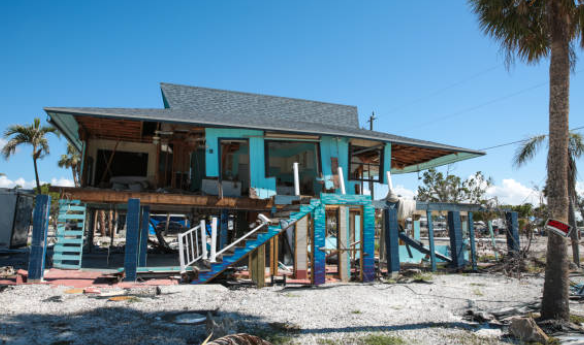
Posted on Wednesday, October 9, 2024
As extreme weather events become more frequent, the demand for hurricane-resistant building materials has surged. Roll forming technology plays a pivotal role in producing durable, high-performance components designed to withstand the forces of nature. This blog explores the various roll-formed products that enhance structural integrity in hurricane-prone areas, including metal panels, framing, and connectors.
Roll-formed metal panels are a primary choice for hurricane-resistant roofing and siding. These panels are manufactured using advanced roll forming machines, allowing for consistent quality and precise dimensions. Key advantages of roll-formed metal panels include:
Roll forming is also utilized to create structural framing components, which are essential for maintaining the integrity of hurricane-resistant buildings. The benefits include:
Roll forming machines can also produce specialized connectors and fasteners designed for hurricane-resistant construction. These components are critical for:
The role of roll forming in producing hurricane-resistant building materials cannot be overstated. By leveraging advanced roll forming technology, manufacturers can create strong, lightweight, and weather-resistant components that enhance the safety and durability of structures in hurricane-prone regions. As the construction industry continues to prioritize resilience against natural disasters, roll-formed products will remain at the forefront of innovative building solutions.
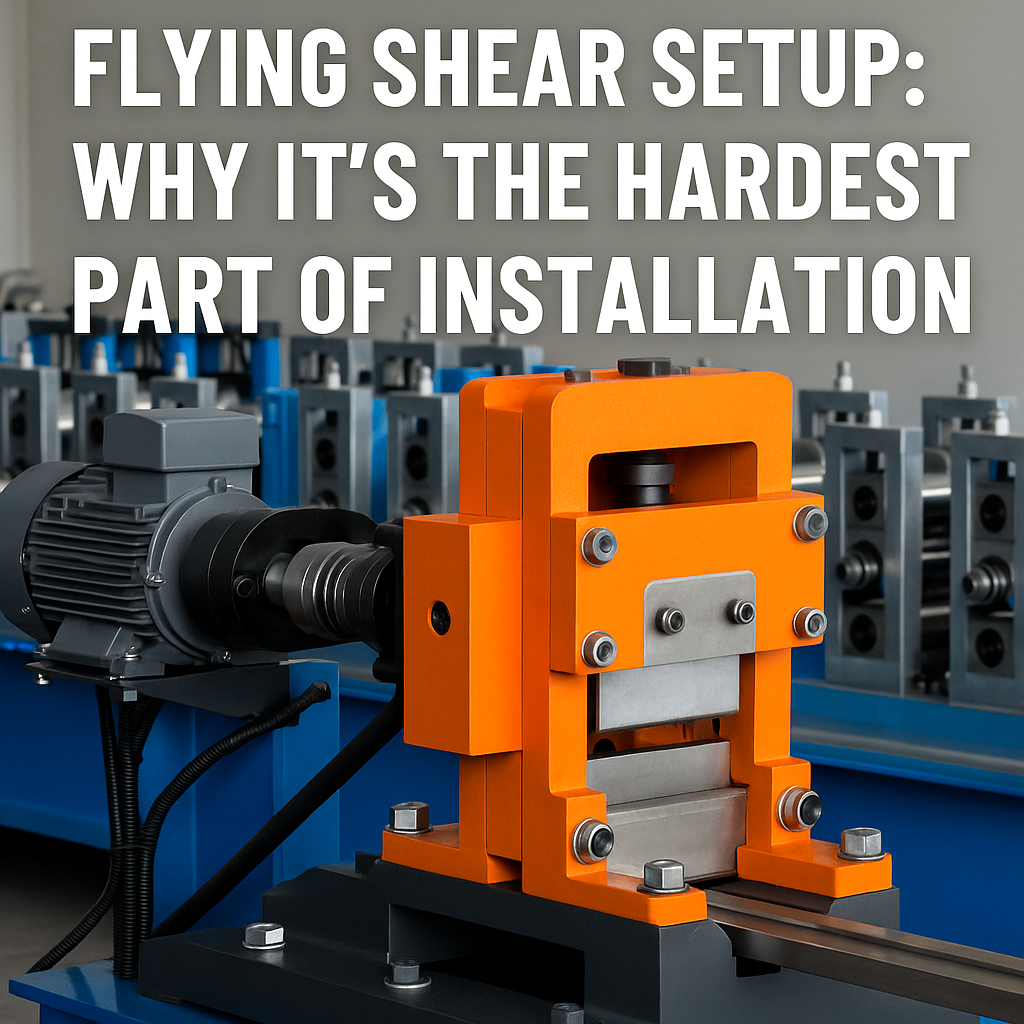
Flying Shear Setup: Why It’s the Hardest Part of Roll Forming Machine Installation
Posted on Monday, November 24, 2025
If you want a header image, meta description, or series continuation, just tell me.
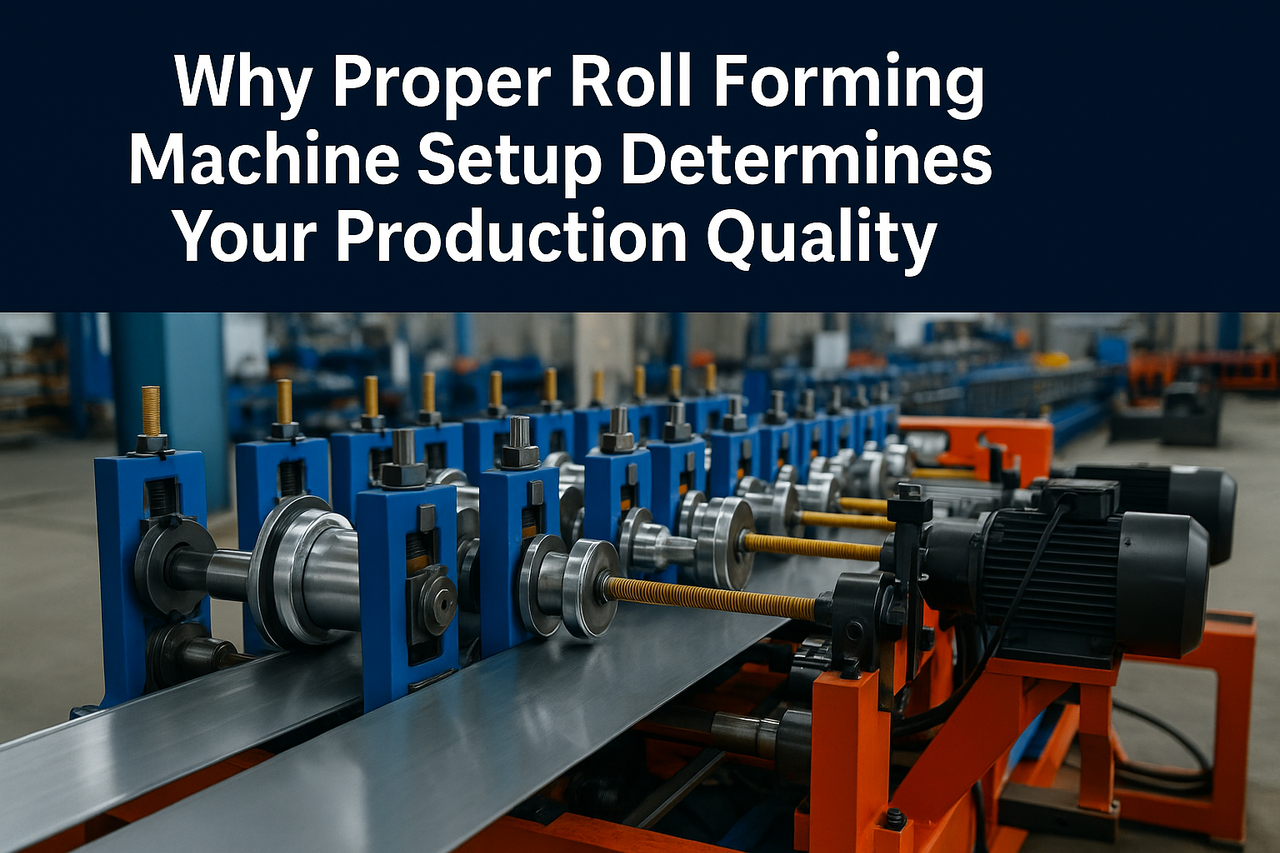
Why Proper Roll Forming Machine Setup Determines Your Production Quality
Posted on Monday, November 24, 2025
The #1 factor that decides accuracy, scrap rate, speed, and consistency.
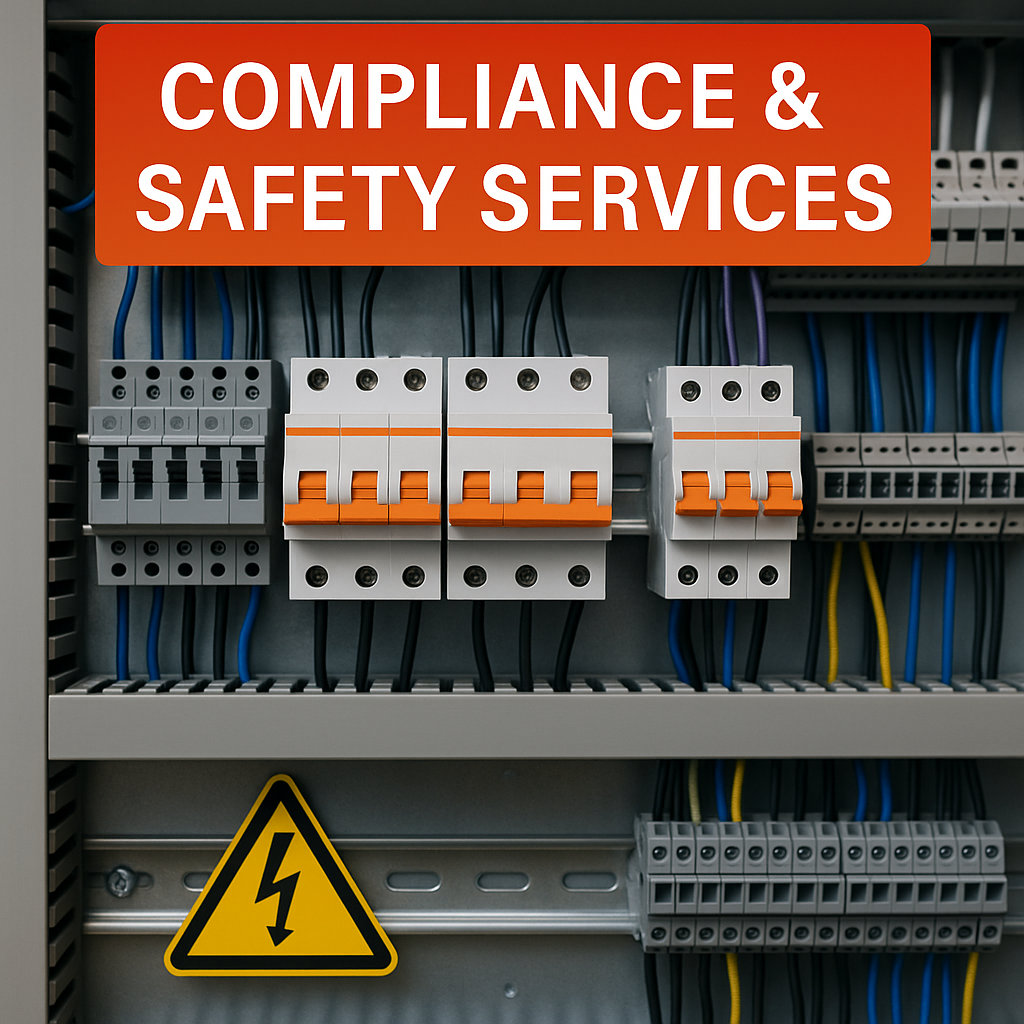
Compliance & Safety Services for Roll Forming Machines — Full Guide
Posted on Sunday, November 23, 2025
How Machine Matcher keeps your machines safe, legal, and fully compliant with CE, UL, and UKCA standards.
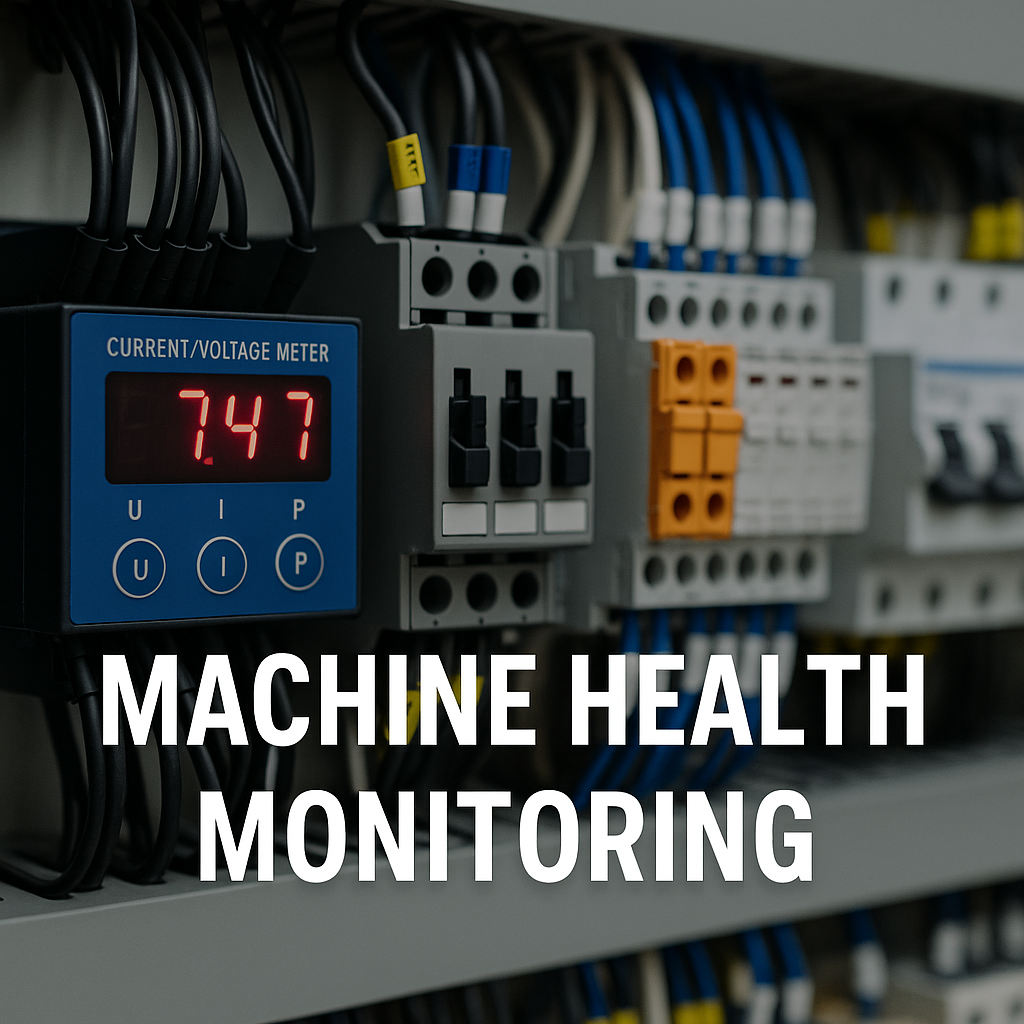
Machine Health Monitoring for Roll Forming Machines — Complete Diagnostic Service Guide
Posted on Sunday, November 23, 2025
Continuous diagnostics that prevent breakdowns, reduce downtime, and extend machine life.
Copyright 2025 © Machine Matcher.